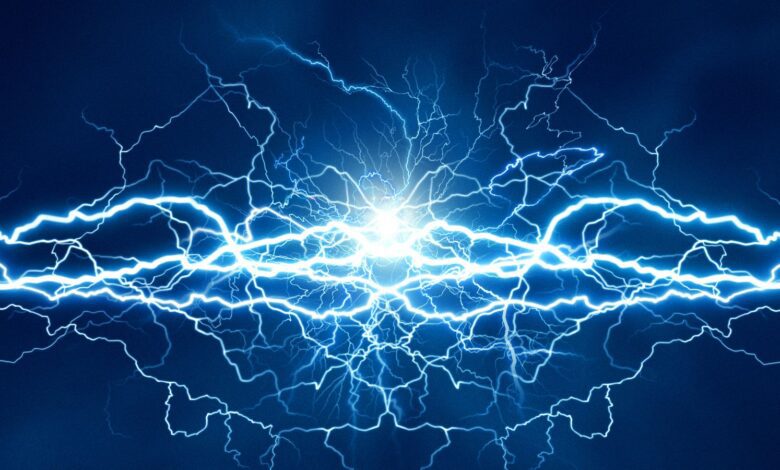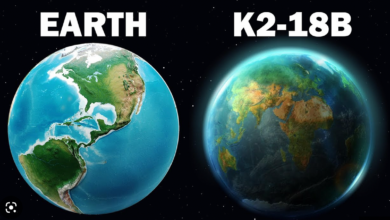MIT engineers develop concrete that could store electricity
Scientists have developed a next-generation energy storage system using cement and ancient ink. The supercapacitor could turn homes and roads into giant batteries, supporting renewable energy operations at a low cost.

Scientists from MIT and the Wyss Institute in the US have made a discovery that could revolutionize renewable energy operations. Their new energy storage system, consisting of cement and an ancient ink, has the potential to scale up clean energy initiatives and tackle the world’s transition to sustainable power sources.
The secret lies in the combination of cement and carbon black, a historical material famously used in the Dead Sea Scrolls. When blended in a specific manner, they form a conductive nanocomposite, creating what the researchers call a “supercapacitor.” This supercapacitor has properties that could significantly aid in stabilizing energy networks during fluctuations in renewable energy generation.
Also, this innovative technology is affordable. The cement and carbon black mixture only requires water, making it a low-cost alternative to other energy storage systems currently in development. Moreover, it can seamlessly integrate into existing structures without adding any extra construction expenses.
For instance, the supercapacitor could be incorporated into the concrete foundations of a house, providing an entire day’s worth of energy without any additional costs. This means homes equipped with solar panels could be self-sufficient and less reliant on the traditional power grid. Furthermore, the technology has the potential to revolutionize transportation by allowing electric cars to be recharged wirelessly as they travel on concrete roadways.
MIT professor Franz-Josef Ulm emphasizes the need for large-scale energy storage solutions, and this new technology offers a promising solution. Cement is a ubiquitous material, and its adoption in energy storage could mark a significant leap forward in the quest for clean, sustainable power.
The initial applications of this breakthrough are likely to be in isolated homes or buildings with solar panels that lack access. By utilizing the supercapacitor technology, these structures could become self-reliant and environmentally friendly, reducing their carbon footprint. Furthermore, the researchers note that the cement mixture can be adapted to serve other purposes, such as heating systems, opening up new possibilities for energy-efficient heating solutions in the future.



